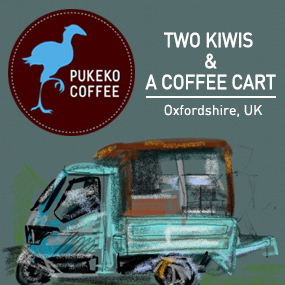Maori to NY: Let our People Sleep the Sweet Slumber
Pressure will be mounting on the American Museum of Natural History in New York to return sacred Maori remains to New Zealand after USA Today gave prominence to the issue of toi moko (tattooed heads) in its possession. The museum holds the world’s largest collection of toi moko outside of New Zealand and the paper’s remarkably well-researched coverage will help make the museum’s intransigence untenable.
Institutions in England, France, Ireland, America and elsewhere have for decades resisted Maori calls to return the remains of their ancient warriors – toi moko and koiwi tangata (skeletal remains). Maori have struggled to persuade the conservators of museums and schools across the globe about the importance of bringing their people home.
As Pou Temara, chairman of the repatriation programme, explains, there can be no resting in peace until the toi moko and koiwi tangata once more reside on Aotearoa earth.
“In Maori speak, they will be able to ‘sleep the sweet slumber’,” says Professor Temara. “Only when they are returned to New Zealand … will that sleep be complete.”
So, this month’s repatriation of 13 Maori warriors from institutions in London, Birmingham, Warrington, Guernsey and Ireland was an emotional and important occasion.
On hand at Wellington Airport to welcome home the remains was the British High Commissioner to New Zealand, Vicki Treadwell, who described the return as “the right thing to do”.
“Just from having being involved in this ceremony and watching it, it’s deeply moving,” Treadwell said. “If you’re in any doubt about what it means to the people here, those doubts soon evaporate because this is about coming home.”
While the return from England, Guernsey and Ireland is an undoubted success, hundreds more are stashed away in Russia, Sweden, Japan, Germany, Italy, Canada, Spain and the US, including the Natural History Museum.
“There have been some institutions where it has been more difficult to create a relationship than with others,” Professor Temara told the paper. “Some of the more difficult areas are in certain parts of the world and I think it would be prudent of me not to mention who they are because we still have ongoing negotiations with them.”
The remains of the 13 warriors are now at Te Papa Museum, where conservators will use historical records of the distinctive moko to determine which tribe they belong to and then return them to their rightful heirs.














